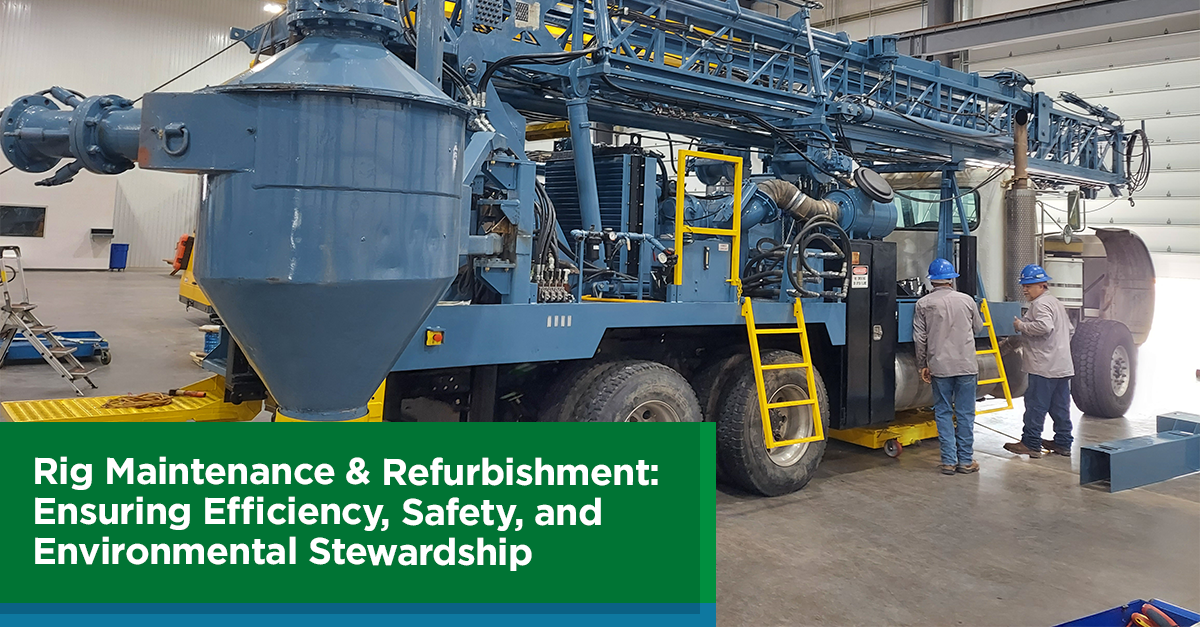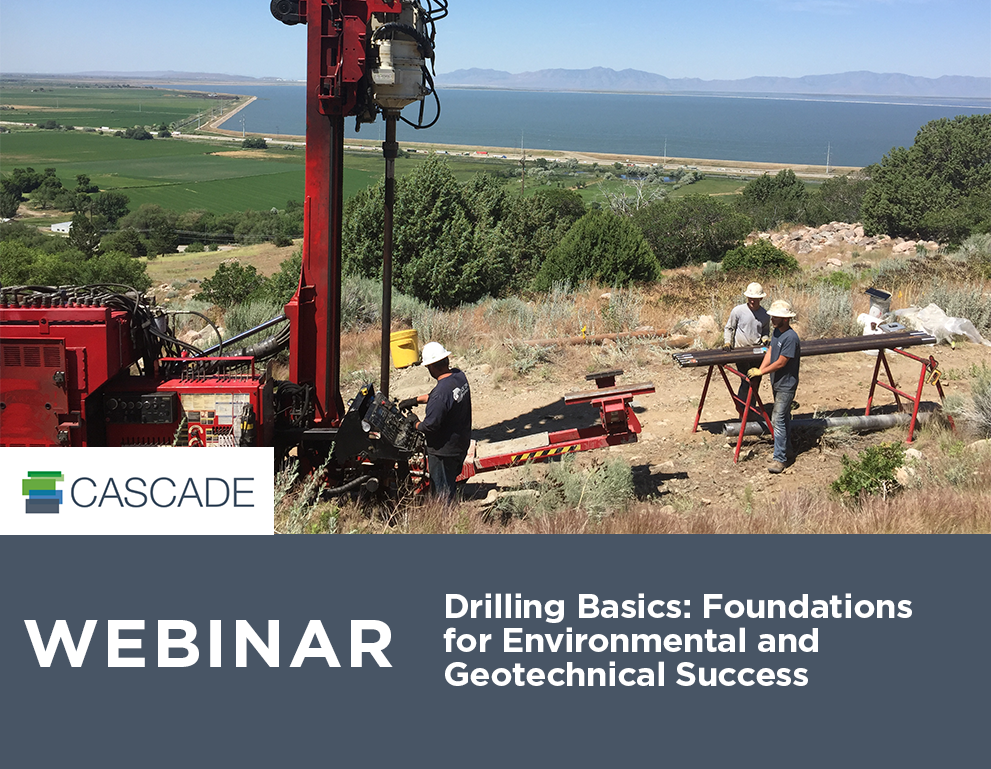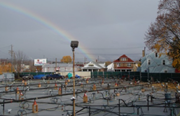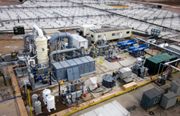HRSC 104: What is the Optical Image Profiler and How Does It Work?
By: Brad CarlsonIf you’ve never had the chance to use the Optical Image Profiler (OIP) on a project, you may not be familiar with its capabilities or when it should be utilized.
This high resolution site characterization (HRSC) tool is one of the most cost-effective ways to generate detailed data about your site, and in this blog post, I’ll explain what it is, how it works, and when it’s worth considering.
What is the Optical Image Profiler?
The Optical Image Profiler (OIP) is an HRSC tool that was developed by Geoprobe to detect and delineate non-aqueous phase liquid (NAPL) hydrocarbon fuels, oils and tars in the soil.
It’s advanced into the subsurface with a direct push technology (DPT) drill rig, and can generate multiple streams of data simultaneously. Because it provides real-time data, it enables you to determine if changes to the characterization program are needed to target the locations and depths that will provide more value. When used during remediation, that data allows you observe performance and optimize your solution.
OIP data is especially effective for characterization when vertical profiles from multiple locations are combined for a more complex representation of NAPL distribution. The data can be used to develop transects, 3-D models, and interactive maps, which all can make complicated data easier for stakeholders to understand and use for decision making.
How does the Optical Image Profiler work?
When exposed to certain types of light, specific compounds in NAPL will fluoresce, revealing its presence as layers, ganglia, blebs or droplets in the formation matrix. The OIP focuses light through a sapphire window to create that fluorescence, and photographs it at high speed (30 times per second, to be exact) as the tool is pushed downward. These images are captured and filtered through specialty software that measures the amount of fluorescence to calculate the amount of NAPL; this data is used to create a vertical log in real time.
But the OIP captures multiple streams of data at once—so what about the others?
The OIP also has an integrated electrical conductivity (EC) array and a Hydraulic Profiling Tool (HPT) build in. The EC array measures bulk formation conductivity, which can be used to understand the soil type in that location. The HPT measures back pressure and flow rate of injected water to generate an estimate of the soil transmissivity value.
This is the true power of the OIP—it is three tools in one, and provides a generous amount of useful data with every single advancement.
When is the Optical Image Profiler the right technology for an HRSC project?
There are technically two OIP tools: OIP-UV and OIP-G. Each one works slightly differently, and it helps to know the difference when you’re deciding what to use on your HRSC project.
The OIP-UV uses a UV LED to shine through the sapphire window, and a visible light camera is utilized to capture the images it reveals. It goes beyond generating photos of areal fluorescence—it also provides full color images of the soil outside the probe window. This version of the OIP works well if you need to delineate fuels such as gasoline and diesel.
The OIP-G works slightly differently. It uses a green laser diode to shine through the sapphire window, and images are captured using an infrared camera. Green light is filtered out, so the visible light images that are created show up as black and white. The OIP-G is the right tool for delineation of coal tars, creosote, and heavy fuels or oils.
Whichever OIP is used, the collected data can be viewed in real-time by the entire field team. Boring logs are one component, but another is the electronic data that is designed to be used in database tools (like EQuIS), 3-D modeling software (like EVS), and online mapping tools (like ArcGIS).
Whether your goal is to assess project risk, fill site characterization data gaps, or plan and optimize your remediation efforts, the OIP is an excellent option for reducing uncertainty about your site. The more you know about the subsurface and contaminants you’re dealing with, the less likely you are to miss benchmarks or incur cost overruns.
If you’d like to learn more about the OIP, download our technology overview.
If you’re interested in using the OIP on a project, request a quote.
ABOUT THE AUTHOR
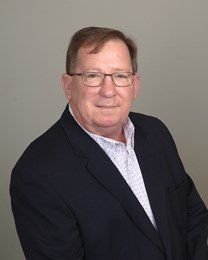
Brad Carlson
Sr. Project Manager
[email protected]
Brad Carlson is a subject matter expert at Cascade, where he specializes in projects involving HRSC. He’s worked in the environmental services industry for 20+ years and is the resident expert on the Optical Image Profiler technology and best practices.


